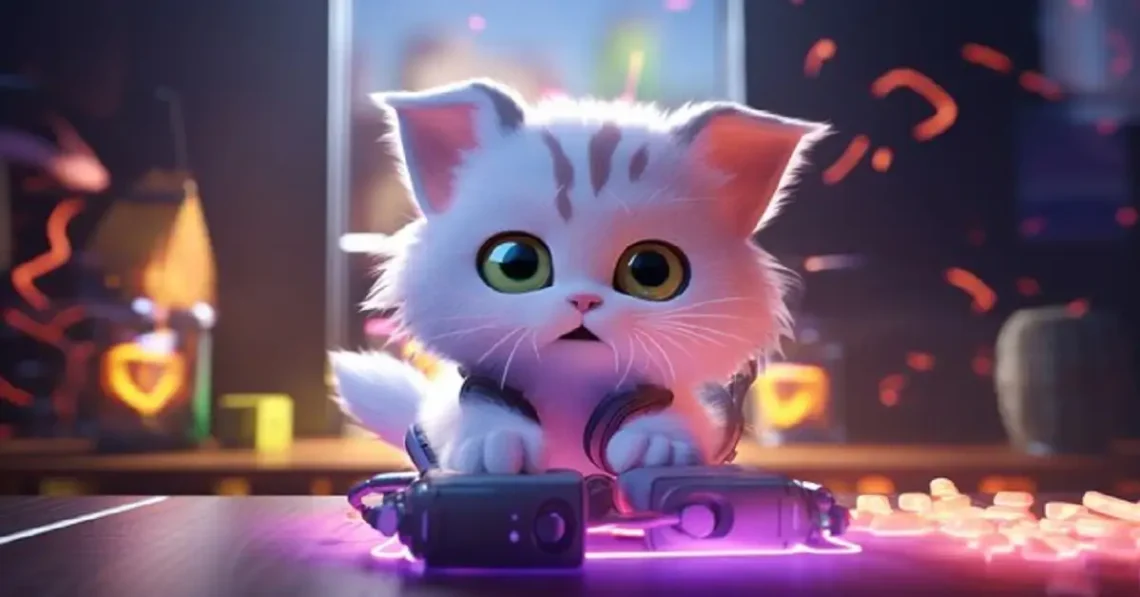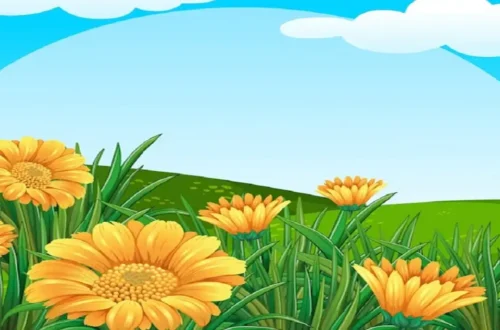In the realm of kawaii culture, where cuteness reigns supreme, cats have emerged as beloved icons. The term “kawaii,” rooted in Japanese culture, refers to the quality of being cute, charming, and endearing. It transcends mere aesthetics to embody a cultural phenomenon that has captured hearts worldwide. When applied to cats, this concept manifests in a myriad of adorable forms that evoke feelings of warmth and affection.
Origins and Evolution of Kawaii Culture
Kawaii culture originated in Japan during the 1970s and quickly spread across various forms of media, fashion, and art. Initially embraced by teenagers, particularly young women, kawaii soon became a mainstream cultural force influencing everything from fashion trends to social attitudes. The appeal of kawaii lies in its ability to invoke a sense of innocence, playfulness, and happiness, often through exaggeratedly cute characters and designs.
The Kawaii Aesthetic Applied to Cats
Cats, with their naturally endearing features and playful antics, perfectly embody the essence of kawaii. From chubby cheeks to large, expressive eyes, kawaii cats are often depicted in art, animation, and merchandise with exaggerated features that amplify their cuteness. This stylization emphasizes round shapes, soft colors, and cheerful expressions, enhancing their appeal to audiences of all ages.
Artistic Representation in Kawaii Cat Imagery
In visual arts, kawaii cats are depicted in a variety of styles ranging from traditional illustrations to contemporary digital art. Artists leverage the kawaii aesthetic to create whimsical interpretations of cats, sometimes anthropomorphizing them with human-like expressions and behaviors. This artistic freedom allows for a diverse range of interpretations, from minimalist designs to elaborately detailed illustrations that celebrate the charm of these feline companions.
Cultural Impact and Global Appeal
The cultural impact of kawaii cats extends far beyond Japan, influencing global trends in fashion, entertainment, and consumer goods. Brands worldwide incorporate kawaii cat motifs into their products, appealing to consumers who are drawn to the playful and lighthearted nature of these designs. Social media platforms further amplify their popularity, with hashtags like #kawaiicats and #cutecats garnering millions of posts and shares from enthusiasts worldwide.
Kawaii Cats in Pop Culture
From animated series featuring adorable cat characters to viral cat videos on the internet, kawaii cats have become staples of pop culture. Their ability to evoke positive emotions and serve as symbols of companionship resonates with audiences globally. Whether they’re portrayed as mischievous troublemakers or lovable cuddle buddies, kawaii cats continue to captivate audiences of all ages and backgrounds.
Conclusion
In conclusion, kawaii cats represent more than just cute animals—they embody a cultural phenomenon that celebrates joy, creativity, and the universal appeal of cuteness. Through their endearing features and artistic representations, kawaii cats have transcended cultural boundaries to become beloved symbols in a world that often seeks moments of happiness and comfort. As the influence of kawaii culture continues to grow, so too does the enduring popularity of these irresistibly charming feline companions.





